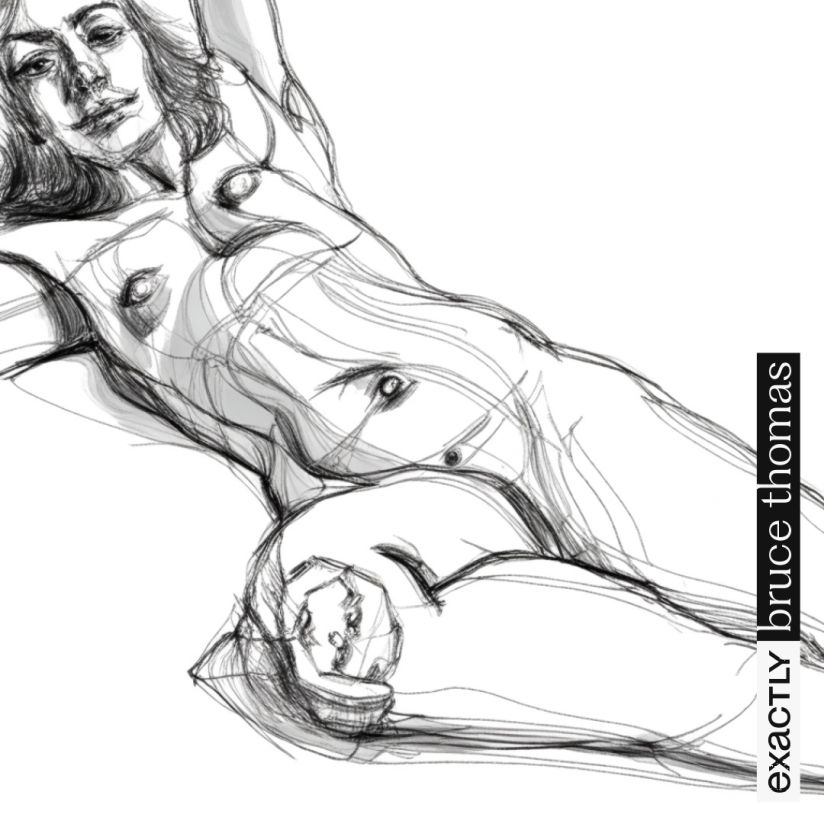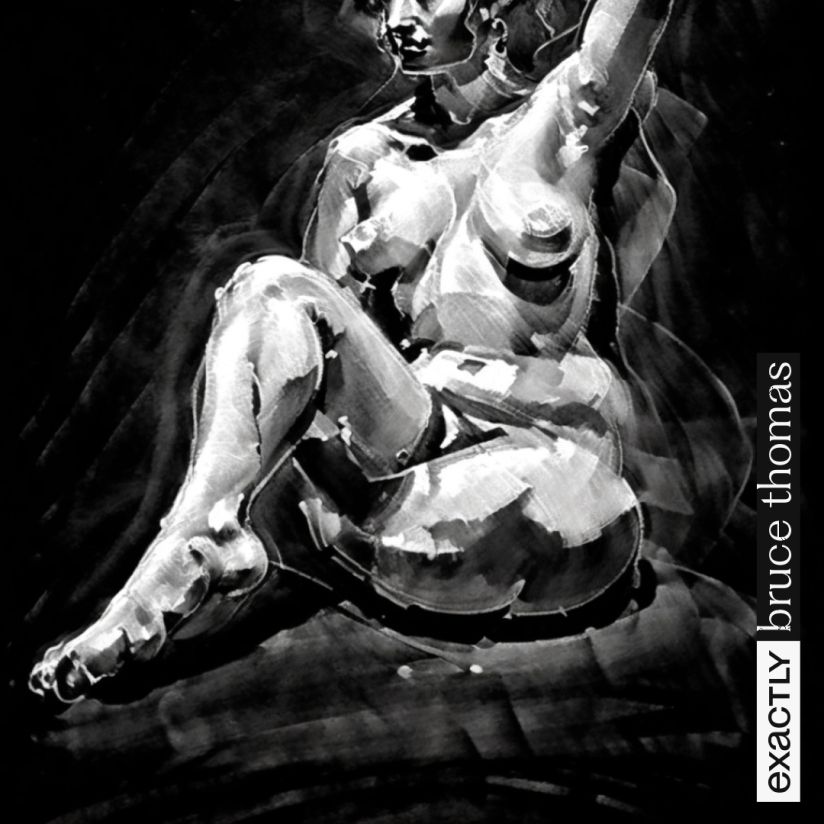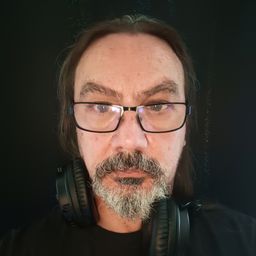All of these images where generated by artificial intelligence. Each image was made within 5 seconds, and attempt to mimic my style. This is AI (artificial intelligence) generative art. And it is quite astounding.
In this experiment I collected two sets of drawings, each set has a particular style and then uploaded those to a website. The site ingested the originals and analysed how they look, this process is called machine learning. Each image is processed by an interconnected web of mathematical equations, most commonly known as a neural network, and mistaken called “the algorithm”. This initial step trains the network how to emulate my style.
The learning process took about half an hour per set (I don't know exactly because it happened overnight). The more images you provide, the better the algorithm is at predicting your style, and the more time it costs to calculate. I gave it 10 images per set, which is a very small sample. The service I used has a free tier option, which limits how many images it trains with. Paying customers can upload larger training sets.

With all learning completed the next step is to write a descriptive sentence, of something you want to generate and then you press “create”. Five seconds later you are presented with four image variations of your phrase, which you can refine until you are satisfied with the result.
At first I wrote long contrived descriptions like “A victoria woman with white skin wearing a corset with a veil and looking sad, with a ghost standing behind her” and “close up picture of a victorian woman with ivory skin and a black dress in a very dark birchwood forest, at midnight with a white spectre watching from behind, in the style of Aubrey Beardsley, with heavy black shadows, and fine textured clothing.”. Quickly ADHD got the better of me and the text prompts reduced down from “drawing of a naked man, white paper, black line, minimal, detailed face” to “anything you want” or “spider, foreshortened” and finally my favourites: “something ugly”, “nothing” and “a straight line”.
A spider foreshortened

A straight line

The platform for the experiment is EXACTLY.AI there are others that produce better imagery, like imagine.art which utilise the sophisticated mid-journey AI backend, but I chose the former because it proposed to learn a style based on my input images, and also because it offers a modest free trial.
EXACTLY.AI is an example of an AI concept known as style transfer. Essentially it takes an input image and delivers that image interpreted with another artist's style. For example you upload a photo of flowers, choose Van Gogh painting as the style and it renders your photo as if Vincent had painted it, in roughly 6 seconds.
I was fascinated to see my work like this, some of the generated images are actually quite good, and I recommend you give it a try. However the gimmick wears off. In a quarter of an hour you can write 25 drawings, and yet have no intrinsic satisfaction. I found the writing quite annoying. It’s too easy. Furthermore there is no reference to measure the result against, in terms of its origin.
For me the satisfaction of drawing comes from its difficulty. Looking at the world with all its boundless, three dimensional complexity and collapsing it onto a two dimensional, stage is difficult. Quieting the noise of the mind, silencing the insatiable critic, is difficult. Making my hand obey my eye is difficult. (not as difficult as convincing Phillip to use large paper, that is practically impossible.) Appreciating where my craft is, in comparison to other seasoned artists, is difficult. Seeing a tiny smile of a new artist who realises they have improved, is priceless. I draw for those reasons, not for the finished work. It is the two hours that pass by in a blink that I am addicted to. It is the intimate attention I get to place on the subject who is both safe and vulnerable that I love. It is seeing a naked human that makes me return, week after week.
In any given drawing session, of 2 hours I can only manage about ten sketches, of which sometimes there is only one that I like. Normally these go home and pile up for months, and then one day I will critically review them, and keep the best ones, the ones that have some subjective emotion baked into the page. And the rest goes into the bin, or recycle if the paper is particularly nice.
Beauty is not a quality that emerges from the model, it is a declaration I make about them, it is a gift I am compelled to give them, it is the thing I seek to capture, and it resides in everyone we encounter. Beauty is in the eye of its beholder.
In closing here is why AI can't draw. Imagine that as an artist you could study all art that was ever created, you have photo accurate library of all photographs or all subjects ever seen, and you could replicate any given art style perfectly, but the only way to manifest an artwork was by using tiny stitches of coloured thread on an extremely dense tapestry canvas. You would be completely free to mix styles that you have learnt, let's say impressionism and cubism, for example. Would this constitute an original style? I am inclined to say no. It is a mashup of things that have emerged from history, where something original implies that it is distinct from everything that came before, it's unpredictable. Hypothetically lets say if Pablo Picasso had not been born cubism would not exist. In turn that means all your knowledge of all artwork of all time would not have a cubist chapter of study, and you wouldn’t be able to emulate a style that you could not learn. And similarly if Vincent Van Gogh had not existed his highly unusual description of form would also not exist. This is where the contemporary fear of AI art falls flat. The images it generates lack originality. The combination of subject matter and mixing of styles of things that exist I doubt will give rise to a style that does not exist. Often these are the result of permission to error. How often have you created something by accident? AI does not have accidents. Computers have a capacity to respond randomly, but that is not by accident. Computer algorithms are unaware of things that do not exist. And I assert that is the essential requirement for anything original. It is human to err.



















